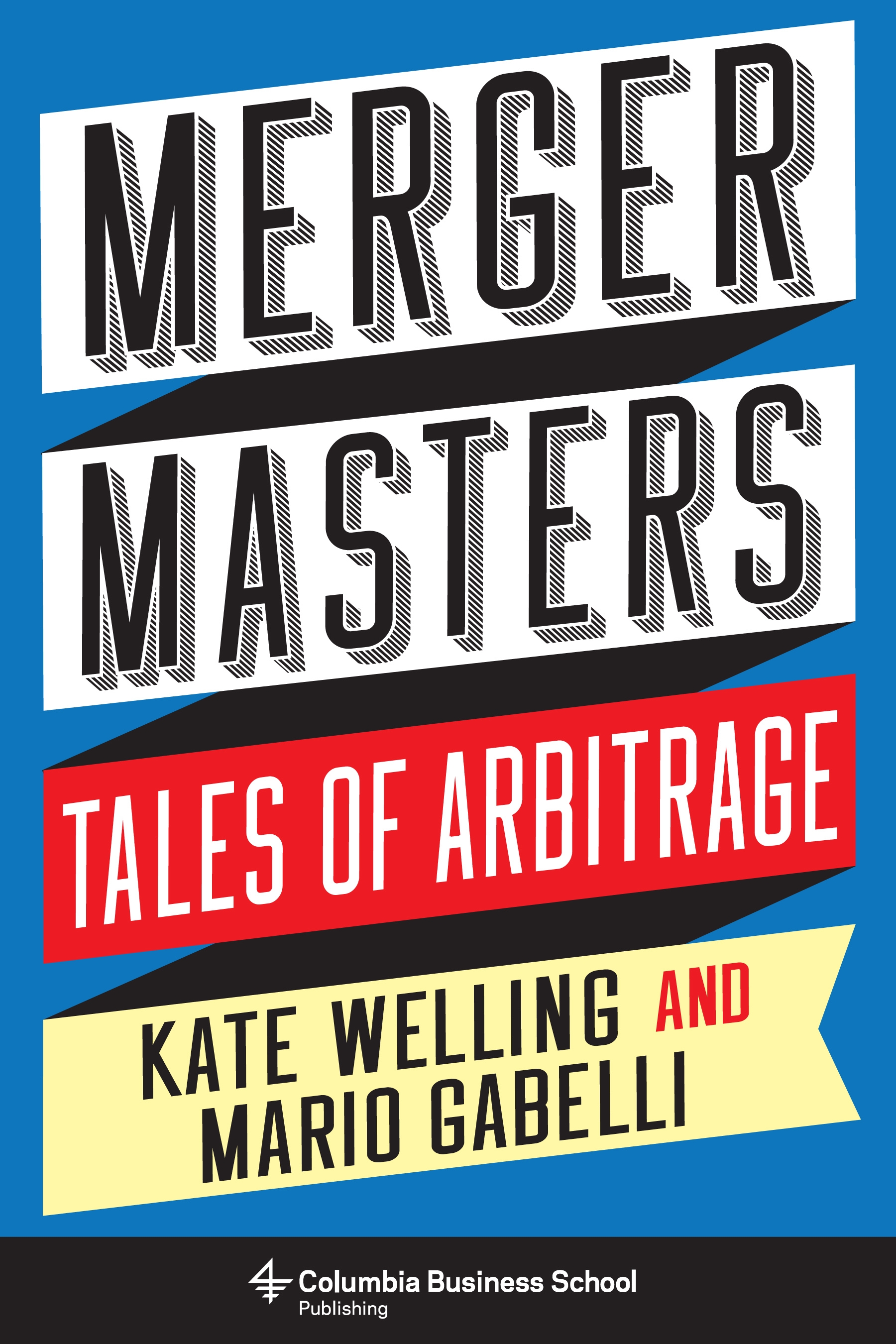Q&A with Goldie Kadushin on the new 5th edition of The Social Work Interview
Today we have an interview with Professor Goldie Kadushin, co-author of The Social Work Interview, 5th edition. The Social Work Interview has been a crucial textbook in the social work field in various editions since 1972, and it is still the only textbook to outline the skills social workers need to conduct effective client interviews. In the Q&A today, Professor Kadushin talks about how the newest edition of The Social Work Interview reflects new trends in the social work field and how social work has changed since the first edition of The Social Work Interview came out.
Question: This is the fifth edition of The Social Work Interview. What is new in this edition?
Goldie Kadushin: Every chapter was updated with research published after 1997 (the publication date of the fourth edition) in the social, medical, and psychological sciences. The chapter on cross-cultural interviewing was completely rewritten to focus on culturally competent interviewing of sexual and racial/ethnic minorities and the elderly. Case examples were revised to reflect current practice.
Q: What are some of the most important research findings about the social work interview in the last 15 years?
GK: The importance of the client’s role in the interview is a new finding. Research indicates that clients interpret the interview in terms of their own goals, needs and agenda. Consistent with this finding, adaptation of the interview to client preferences may be helpful in achieving positive outcomes. Research has continued to accumulate indicating that techniques and the helping relationship are inseparable and complementary. Self-disclosure, an effective but controversial interviewing technique, received new attention. Researchers concluded that the question was no longer whether to self-disclose but how to self-disclose. New research on adapting the interview to the needs of lesbian and gay clients and the elderly has also been published in the last decade.
 Q: What distinguishes the social work interview from the interviews of other helping professions?
Q: What distinguishes the social work interview from the interviews of other helping professions?
GK: The content of the social work interview differs from the interviews of other helping professions in its focus on improving clients’ social functioning and their access to environmental resources. However, the social work interview overlaps with the interviews of other professions in sharing the same structure and techniques. So, while the book emphasizes social work interviewing, it can also be used by other professions such as psychology and counseling.
Q: Can a textbook teach social work interviewing?
GK: No. “Knowing about” is clearly different than “knowing how.” Ultimately, interviewing is learned through doing. However, even though “to know” is very different from “to do,” it is clearly better than not knowing. For every conversational turn, the interviewer must select a technique that is likely to be responsive to the client, while also conveying the interviewer’s intention. Knowledge about interviewing thus informs the clinician’s consideration of relevant choices that determine skill in the use of technique.
Q: The first edition of The Social Work Interview was published in 1972. How do you explain the continuing popularity of this particular textbook?
GK: If I had to guess, I would say there are probably two reasons. One, the book is explicitly concerned with the problems and issues of social work interview and, two, the book is scholarly, yet accessible. We have made an effort to review relevant research and to present the findings in a readable style for both beginning and advanced clinicians and students. These two qualities may explain the continued appeal of this textbook for social work and other audiences.





